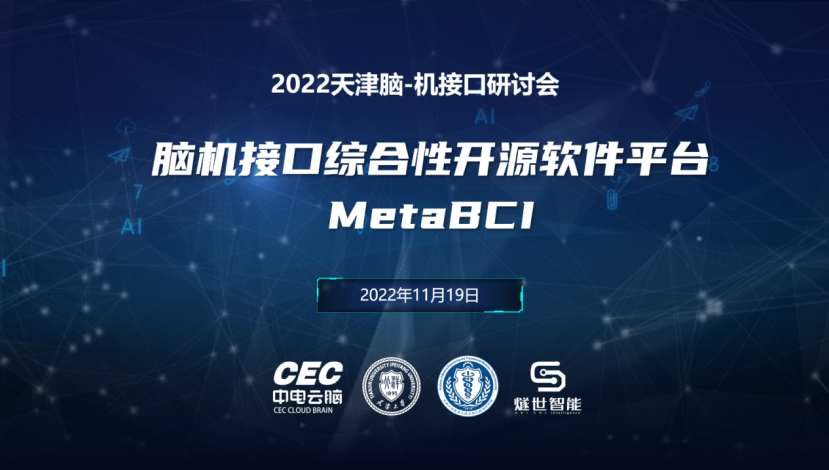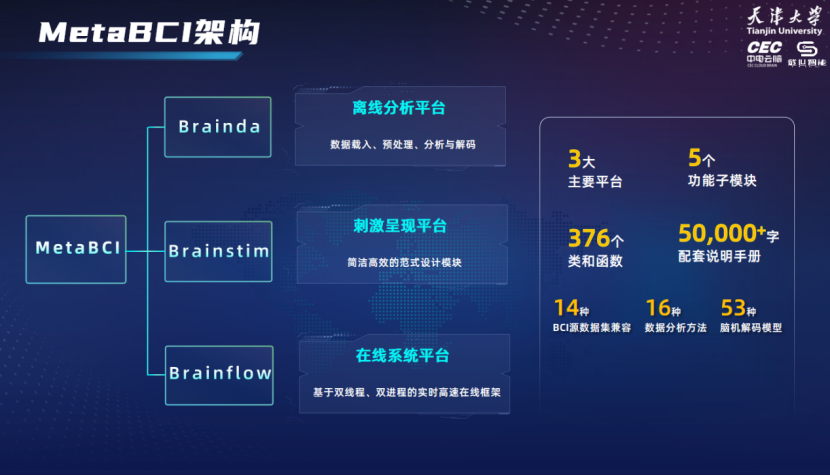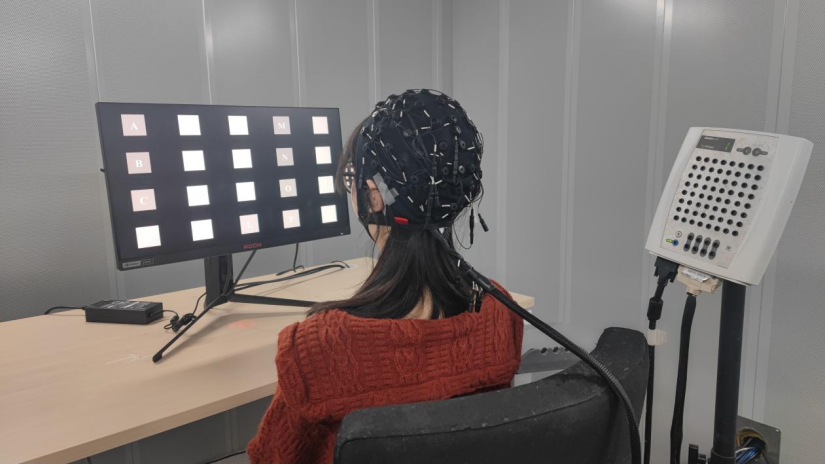
Founded in 1895 as Peiyang University, Tianjin University is the oldest institute of higher education in China, and pioneered the development of modern Chinese education.



Founded in 1895 as Peiyang University, Tianjin University is the oldest institute of higher education in China, and pioneered the development of modern Chinese education.

Tianjin University adheres to the mission of training high caliber talents with innovative abilities, and has had considerable success in the training of high-level specialists in various fields.

Tianjin University constantly refines and optimizes the structure of academic disciplines, and has set up 61 undergraduate programs, 35 master degree programs, and 27 doctoral degree programs.

A rich campus life awaits all those who come to Tianjin University. An integral part of our mission to train talented graduates is providing a fertile environment for students to develope their social, cultural, sporting and artistic lives.

On November 19, the MetaBCI, China’s first Open Source Software Platform for BCI (Brain Computer Interface) research was officially released during the 4th Tianjin BCI Workshop. Jointly developed by Tianjin University, China Electronics Cloud Brain (Tianjin) Technology Co., Ltd., and SUISHI (Tianjin) Intelligence Co., Ltd., the platform provides one-stop information processing support for BCI research, and facilitates the multi-party cooperation and communication in this field.

Figure1: Introduction of MetaBCI platform
Known as the "information highway" of communication between human brains and the outside world, BCI technology is recognized as the core technology for the new generation of human-computer interaction and human-computer hybrid intelligence.
Building a BCI system requires both hardware support and software support. Specially, the software content involves many key technical steps such as audio-visual stimulus presentation, data loading and preprocessing, data analysis and decoding, online feedback, etc.
Currently, most of the publicized BCI software toolkits are only designed for a single step. Therefore, developers usually have to use multiple softwares in combination, which is not only time consuming and costly, but also hinders cross-domain cooperation and makes it hard for beginners.
Developed with the most popular open source language Python, the MetaBCI platform standardizes the BCI data structures and preprocessing procedures, develops a general framework for BCI signal decoding, and improves the real-time performance of the online system by using multi-processes and multi-threads. It enables the complete processing chain of evoking, acquiring, analyzing and converting the users’ brain intention.
The MetaBCI platform, made up of 376 classes and functions, is compatible with 14 BCI public datasets, implements 16 data analysis methods, and supports 53 brain computer decoding models. All of its codes have been publicly shared on GitHub, the world's largest open source programming and code hosting website, attached with the supporting instruction manual. It aims to provide professional and technical supports for global BCI developers and enthusiasts.

Figure2: Framework of MetaBCI platform
Professor Xu Minpeng, the technical director of the project and vice dean of the Academy of Medical Engineering and Translational Medicine at Tianjin University, introduced that the architecture of the MetaBCI platform includes three parts. Among them, the Brainda for offline analysis, unifies data format for the existing public datasets, and integrates main BCI data analysis methods and decoding algorithms, so as to improve the efficiency of algorithm development. Then, the Brainstim for stimulus presentation can quickly create BCI paradigm stimulation interface, by providing simple and efficient paradigm design modules. And the Brainflow for online development, has realized real-time high-speed data loading, data processing, and online feedback, significantly lowering the technical bar of developing BCI online system.

Figure 2: The MetaBCI platform in use for the BCI experiment of steady-state visual
evoked potentials
Cheng Longlong, the data scientist of China Electronics Corporation and the general manager of China Electronics Cloud Brain (Tianjin) Technology Co., Ltd., introduced that the research and development team of the platform is composed of young teachers, enterprise engineers and postgraduate students. In the future, this young team will be committed to the upgrading, evolution and iteration of the MetaBCI platform. “We try to foster an open developing environment for all BCI developers to strengthen wide cooperation, joint contribution and shared benefits. It’s our common expectation that China's brain computer interface research will constantly lift its international influence, and promote the rapid development of the new generation of brain computer intelligence in the world,” said Cheng.
Open source code link: https://github.com/TBC-TJU/MetaBCI
By Eva Yin